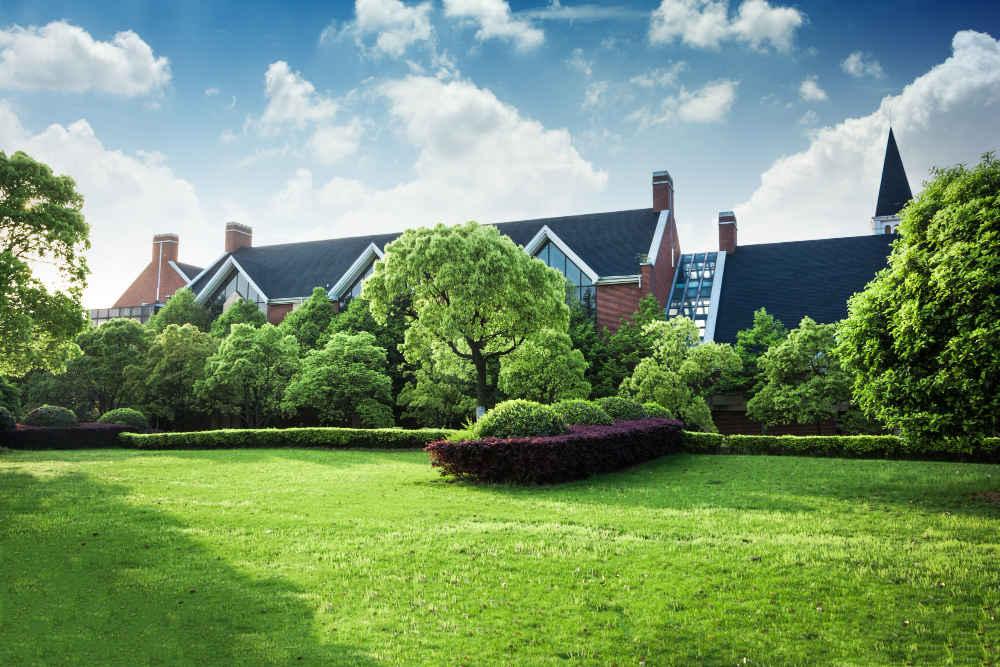Tips and Tricks for a Greener Yard

A green and healthy looking lawn is everyone's dream. But did you know that maintaining a lawn can have negative environmental impact? Traditional lawns require a lot of water, fertilizers, and pesticides to maintain, which can harm both the environment and your wallet. Fortunately, building an eco-friendly lawn is not as hard as it seems. By making simple changes in your lawn maintenance, you can have a beautiful, healthy, and sustainable lawn without harming the environment. In this article, we'll share some handy steps you can take to build an eco-friendly lawn.
1. Soil Preparation
The first step in building a green and healthy lawn is to prepare your soil. Before planting the seed, you should test the soil pH and nutrient levels. This will help you figure out which nutrients your soil needs. Once you've determined this, add organic matter to the soil. Organic matter like compost or manure can improve soil texture, drainage, and nutrient content, resulting in healthier grass.
2. Choose the Right Grass
Picking the right grass is also key in building an eco-friendly lawn. Choose a grass species that is well adapted to your region's climate and soil type. Native grasses are an excellent choice because they are adapted to the local environment; they require less water, fertilizer, and pesticides compared to non-native grasses. They also provide habitat for local wildlife.
3. Watering
Overwatering can be a huge environmental problem. It not only wastes water but also leaches fertilizers and pesticides into the groundwater. To promote deep rooting and less frequent watering, water your lawn deeply and less frequently. Avoid watering during hot temperatures or windy conditions to prevent evaporation.
4. Fertilizing
When it comes to fertilizing, organic fertilizers are the way to go. They slowly release essential nutrients that your grass needs, help retain soil moisture, and build soil health. Organic fertilizers are made from natural sources like compost, fish, or bone meal. They don't contain harsh chemicals that can harm the environment or your health. Before applying the fertilizer, make sure to read the label and follow the instructions.
5. Lawn Maintenance
Lastly, maintaining your eco-friendly lawn is crucial. Mowing your lawn regularly is essential to keep your grass healthy and to reduce weeds. You should mow your lawn when the grass reaches one-third of its height. This helps promote root development, soil moisture retention, and lessens the need for watering. Also, let the grass clippings remain on the lawn; they act as a natural fertilizer for your lawn.
Conclusion
Building an eco-friendly lawn is quite simple. Just follow these steps and watch your lawn transform into a green and healthy yard that is also good for the environment. Making these changes will not only improve your lawn, but it will also improve the quality of life for you, your family, and your community. So, take the first step toward an eco-friendly lawn and enjoy the benefits of a greener and healthier yard. And if you want expert help, you can always contact From The Ground Up Landscaping for sod installation or sod removal in Orlando, FL.